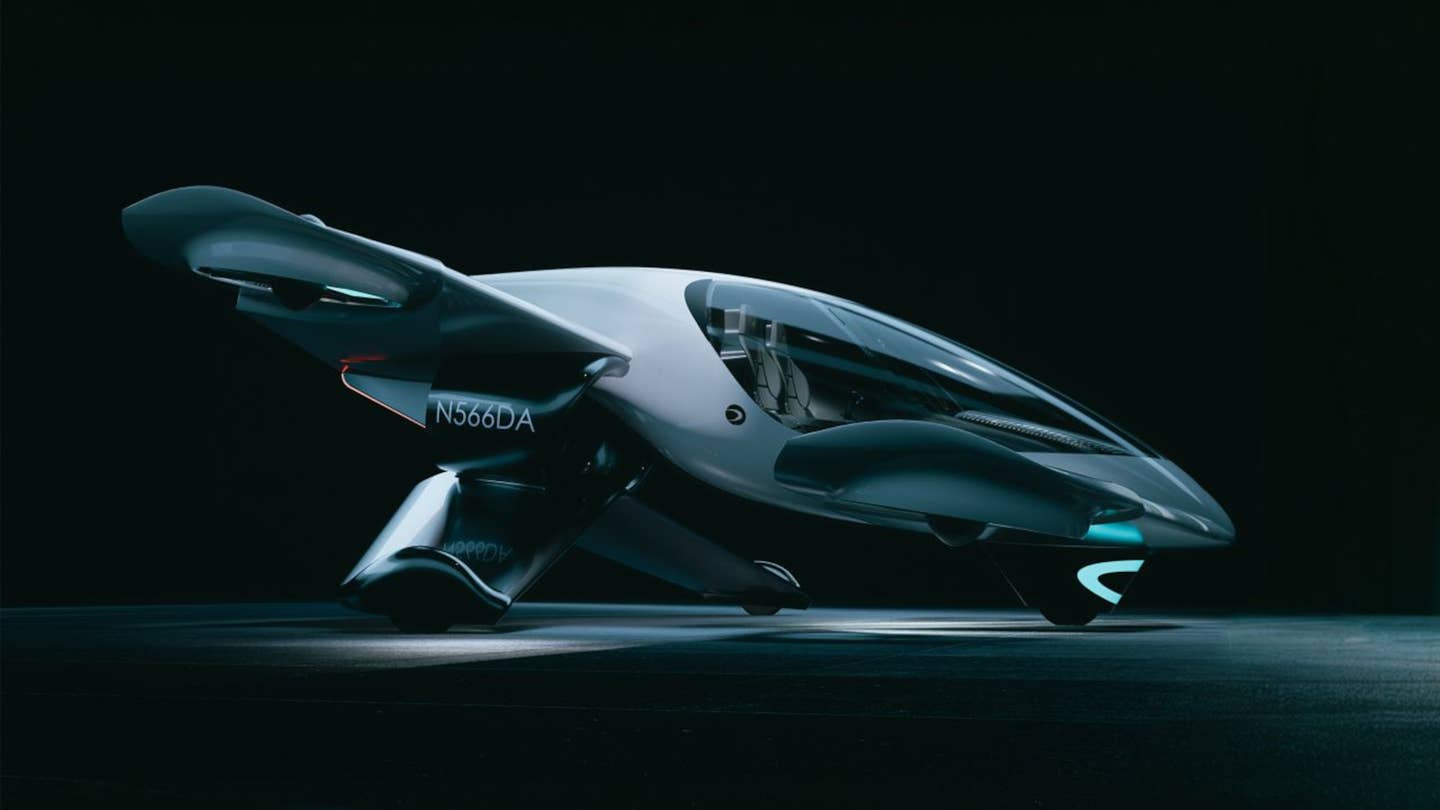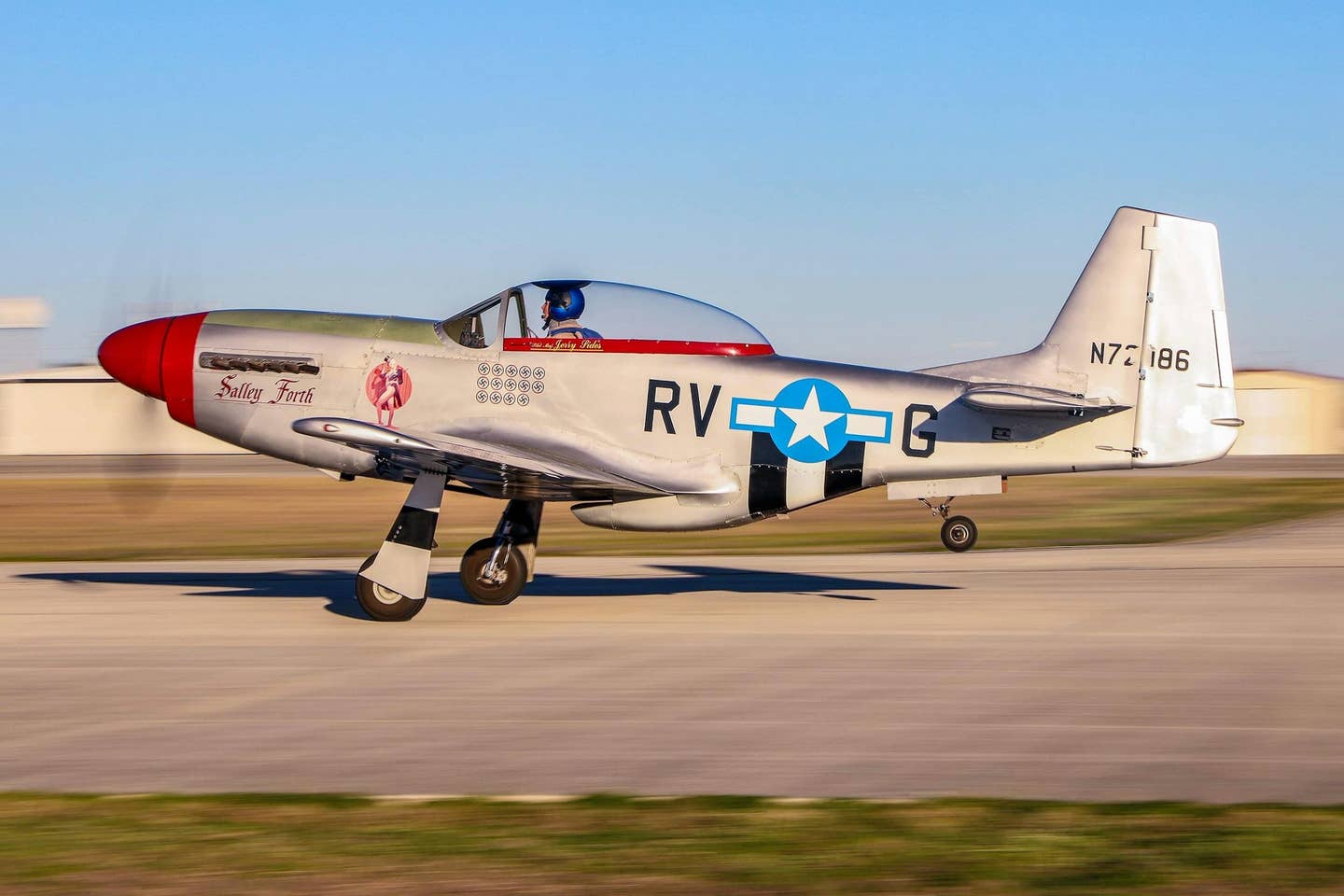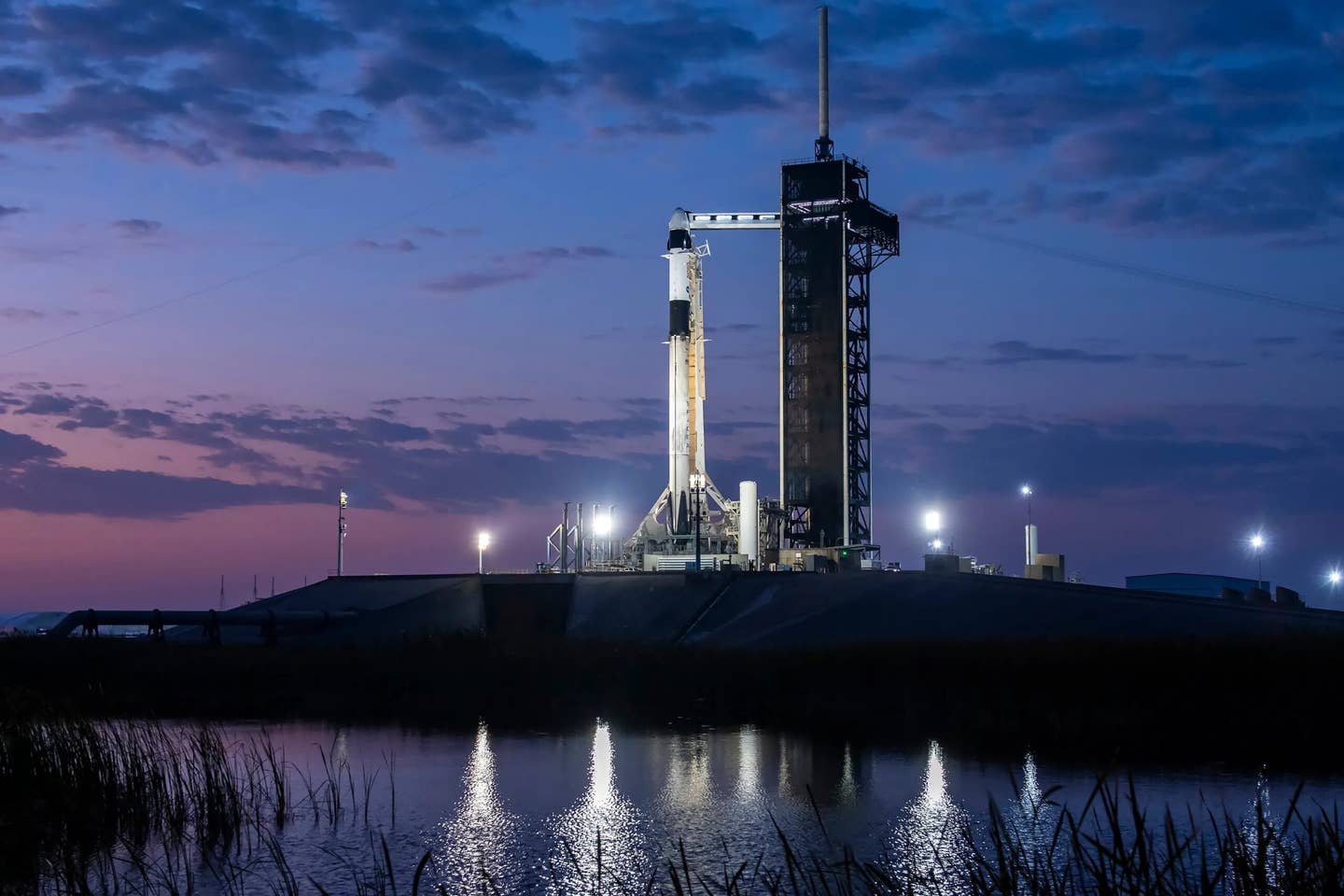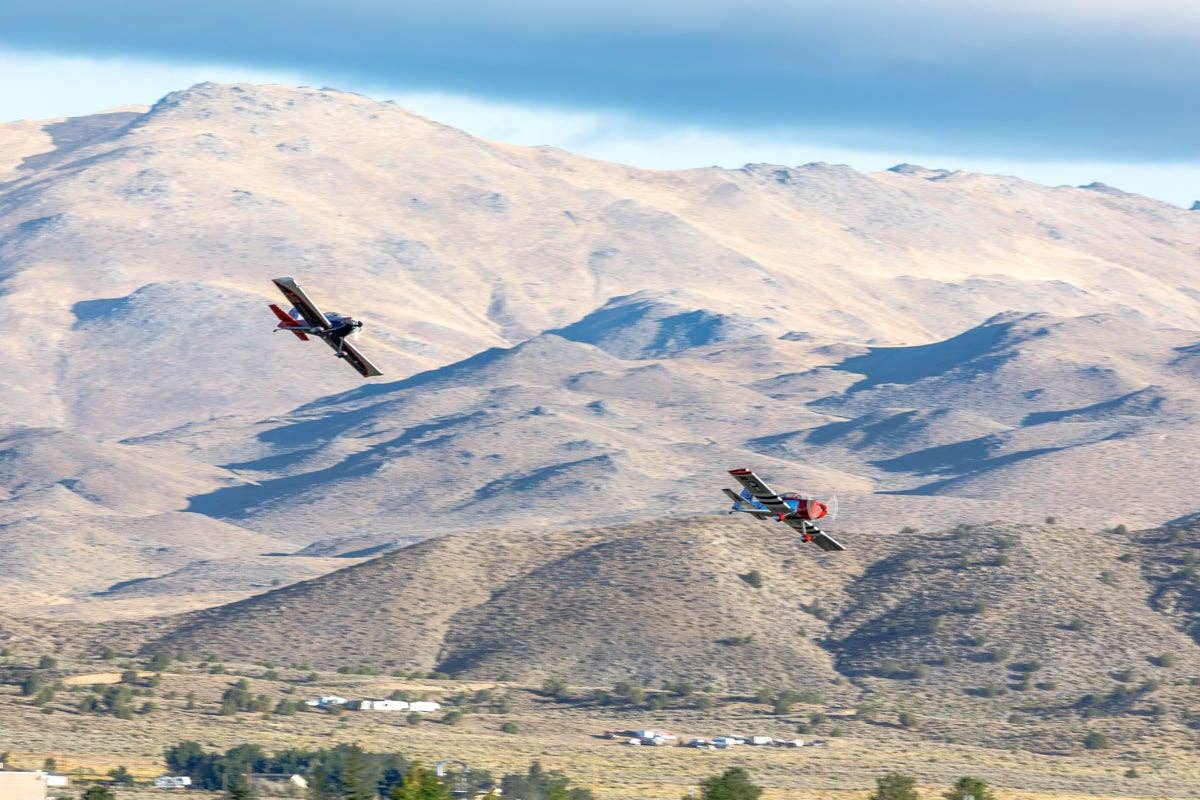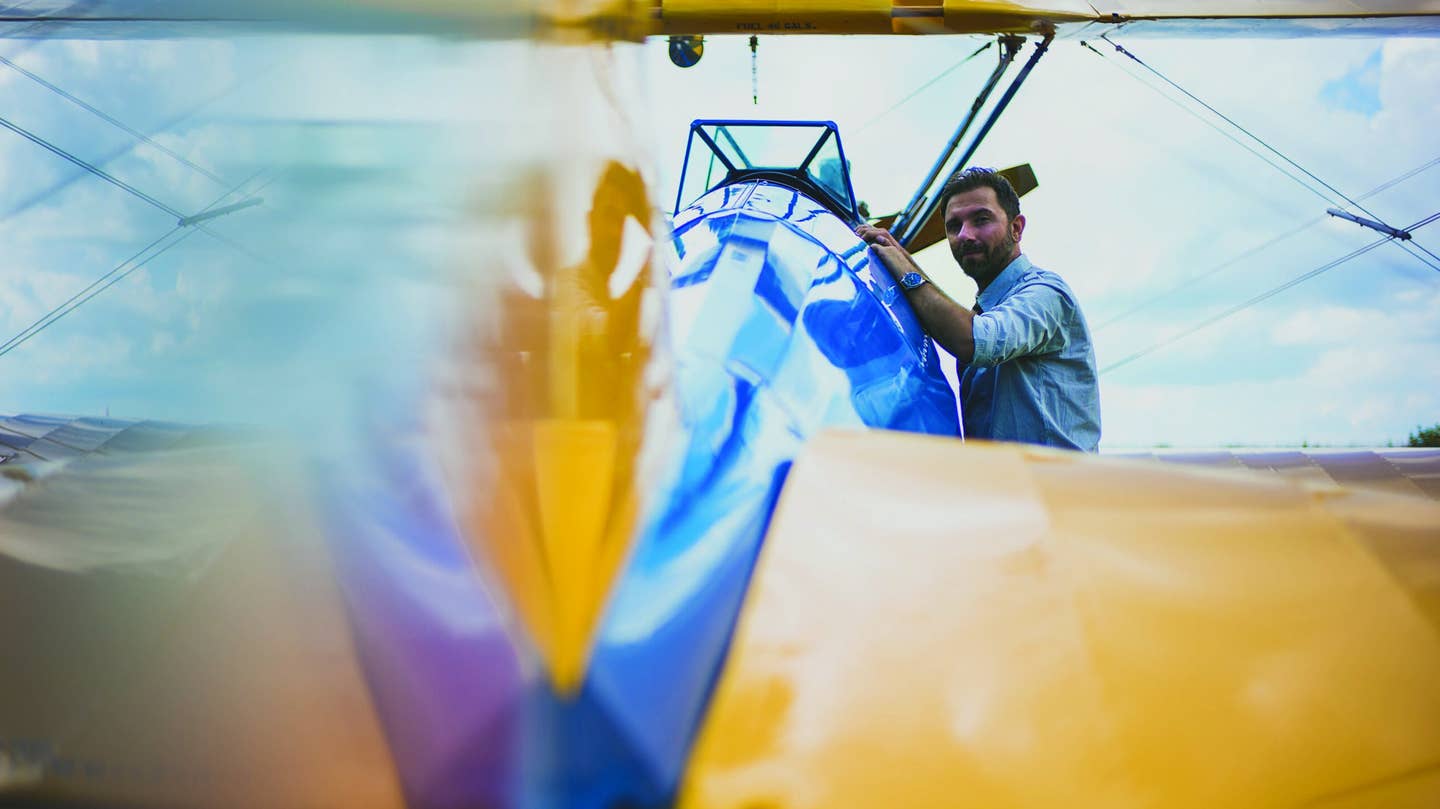Airbus A340 Pilot Makes History in Antarctica
Commander details first-ever A340 landing in one of the coldest and most remote places on Earth.

“We were joyful,” said pilot Carlos Mirpuri about the historic landing. Credit: Hi Fly/Marc Bow
The mighty Airbus A340 widebody four-engine jet has been flying around the world since it entered service in the early 1990s, but its destinations have never included the remote continent of Antarctica. Until now.
Wet-lease commercial aircraft company Hi Fly checked that box on November 2, with a first-of-its-kind flight from Cape Town, South Africa, (FACT) to Antarctica’s blue glacial landing strip known as Wolf’s Fang Runway (WFR, no ICAO code).
The mission was the first of many, as Hi Fly plans to use the aircraft during this warm season in the Southern Hemisphere to transport a small number of tourists, scientists, and essential cargo.
Hi Fly’s flight commander, Carlos Mirpuri, who also serves as the company’s vice president, shared details of the unique journey aboard Flights HMF801 and 802.
Hi Fly has made history once again, by landing, for the first time ever, an Airbus A340 in Antarctica.@Airbus #SpecialMissions #ConqueringAntarctica #A340https://t.co/7oEIm8tBMg
— Hi Fly (@hifly_airline) November 22, 2021
The Aircraft
First, a few details about the flight:
Equipment: Airbus A340-313HGW (high gross weight)
Registration number: 9H-SOL
Engines: The A340’s four CFM56-5C4 powerplants and very long range make it the ideal airplane for this type of mission.
Fuel load: 77 tons
Maximum takeoff weight (MTOW): 275 tons
Route: FACT-WFR/WFR-FACT
Total distance both ways: ~2,500 nm
Flight time: Just over five hours each way
The Journey
Immediately after departure from FACT, the route to WFR was almost direct, Mirpuri said in a post on Hi Fly’s website.
It wasn’t long before the flight was handed over to Johannesburg Oceanic ATC through CPDLC/ADS, which avoided “the tiring and noisy long-range HF communication that dates back to the 1950s,” he said.
“South of 65 degrees, we revert to polar navigation techniques,” Mirpuri said. The flight crew then used true heading as reference.
“Digital communication is the norm these days in most air navigation regions,” Mirpuri said. “We only lost datalink connection 250 miles before WFR.” At about 180 miles from the destination, the flight crew was able to communicate with WFR Radio via VHF.
The flight was able to get frequent WFR weather reports passed through Hi Fly operations in Lisbon, Portugal, via ACARS. WFR Radio uses an Iridium Satphone, which Mirpuri said is the only means to communicate from that part of the globe.
Fuel and Weight
Carrying enough fuel for both legs of the flight meant the jet would be landing at a maximum landing weight of 190 tons. Making things even more challenging was the fact that the airfield was “carved out of blue glacial ice,” Mirpuri said.
At the top of the flight’s descent to WFR, ground support staff provided runway friction reports. “This is measured by a car properly equipped, that covers the length of the runway taking measurements every 500 meters,” Mirpuri said. “The frictions were also all above what we considered as minimum, so we started our descent.”
The Runway
As Mirpuri put it: “A blue glacial ice runway is hard. It can stand a heavy airplane on it.”
The runway’s depth is 1.4 kilometers of “hard, air-free ice.”
The cooler the weather is, he said, the better it is for runway conditions. “Grooving is carved along the runway by special equipment,” he said. And after cleaning and carving, an adequate braking coefficient was achieved.
The runway is 3,000 meters (9,842 feet) long, he said, so landing and stopping a heavy A340 even under these cold conditions wasn’t a problem.
Mirpuri said the reflection on the ground during landing was “tremendous, and proper eyewear helps you adjust your eyes between the outside view and the instrumentation. The non-flying pilot has an important role in making the usual-plus-extra callouts, especially in the late stages of the approach.”
It’s also worth noting that altimeters in very cold weather suffer from significant temperature errors and need adjustment. “All this was accounted for,” Mirpuri said.
He said it wasn’t easy to spot the runway, but seeing it from a distance of about 20 miles was necessary because “absolutely no navigation aids exist” at WFR.
Mirpuri reported a “textbook approach to an uneventful landing, and aircraft performed exactly as planned. When we reached taxi speed, I could hear a round of applause from the cabin. We were joyful.”
With an uneventful takeoff and return journey, the first Antarctic landing of an Airbus A340 was in the history books.

Sign-up for newsletters & special offers!
Get the latest FLYING stories & special offers delivered directly to your inbox

